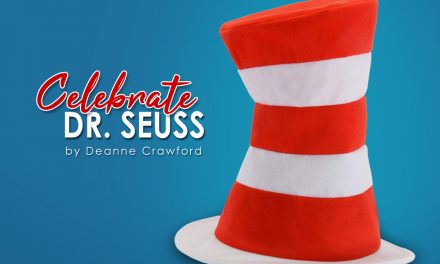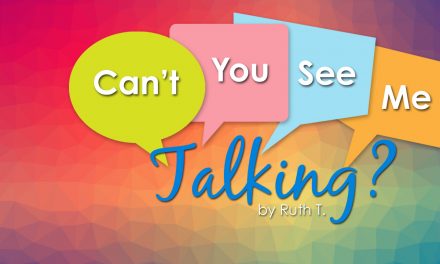Welcome to our June unit study in celebration of National Bald Eagle Day celebrated annually on June 20th. This short unit study is designed to take an hour and serve as a springboard for your children to go deeper into topics they would like to learn more about this Summer. As we work through the study, you will notice some words in blue–these are hyperlinked to child-friendly sites to provide more information. As always, supervised online time is recommended although at the time this unit was written, we have verified the content in the included links. Gather your children and let’s begin!
Glancing up, a formidable bird of brown catches your eye. Wings unfurled, displaying a wingspan unlike anything you have ever seen, you watch the bird swiftly swoop down, scoop up a fish and soar away. If your children have never had the opportunity to see a Bald Eagle in flight, take a moment to watch the Bald Eagle Nat Geo WILD video on You-Tube. This fun clip also shows the challenges experienced in capturing wildlife images.
Classified as a Sea Eagle, the Bald Eagle lives near rivers and lakes, near their primary food source-fish. While fish is their primary food source, they are also known to eat small animals and carrion. Building the largest nest of any North American bird, the Bald Eagle is not the largest bird in North America but it is certainly in the top ranks. Would you be surprised to learn the female eagle is 25-30% larger than the male? An average female eagle weighs 10-14 lbs. with a wing span of 8 feet, while the average male weighs 7-10 lbs. with a wing span of 6 feet, although the Bald Eagles found in the Southern United States are typically smaller in stature. This is useful for identification as the male and female Bald Eagle plumage is identical. The adult Bald Eagle is what comes to mind when we image this majestic brown bird with white head and tail feathers. At birth, eaglets are covered with white down, but go through numerous changes in their plumage until becoming at 5 years of age the brown and white bird with which we are most familiar. Checkout all the plumage changes in the first five years of life here. In the wild, the bald eagle may live 20-30 years (and longer in captivity), although nearly 50% of all eaglets perish during the first year of life. Ask older children to share reasons this may happen. (Answers may vary, examples: disease, lack of food, predators etc.) Learn more about the Bald Eagle watch All About Eagles for Kids or National Geographic Kids Bald Eagle.
Adopted in 1782 as the Great Seal of the United States, the Bald Eagle appears on our currency, and other government related documents and buildings. Representing strength and power, the eagle has been a symbol used since the ancient times. From Ancient Greece to the Crusades, it has inspired men to be strong and courageous. Native Americans consider the eagle to be sacred. Oral traditions recount the role of the great eagle from the creation of the world to messenger of the Great Spirit, with each tribe having a unique story. Eagle feathers are important in the culture of tradition of Native Americans. Holding a feather up while saying a prayer or during a special council meeting was believed to verify the speaker was truthful. To this day, Cherokee traditionalists use the eagle feather for ceremonial, healing, and purification purposes. Eagles are also prominent on the totem poles found Indians on the Pacific Northwest Coast of North America and Canada. Mistakenly attributed to religious rituals and ceremonies, the totem pole tells a story, the family story or history of the peoples displaying the wood carving. Younger children will enjoy learning about totem poles in this video with Canada’s CBC Kids.
Spend the last few minutes reading the following short poem with your children:
He clasps the crag with crooked hands;
Close to the sun in lonely lands,
Ringed with the azure world, he stands.
The wrinkled sea beneath him crawls;
He watches from his mountain walls,
And like a thunderbolt he falls.
Originally written in 1851 by Alfred Lord Tennyson, the Eagle, provides a beautiful description of the eagle’s physical attributes. While not specific to the Bald Eagle, ask your children to identify the lines that describe the bald eagle. Take the opportunity to practice language arts skills by using this short poem for copywork and dictation. If you are not familiar with these skills, check out the excellent introduction from Classical Conversations or Simply Charlotte Mason.
Thank you for joining me this month in our topical unit study. If your family would like to learn more about the Bald Eagle, check out the U.S. Army Corps of Engineers Bald Eagle Activity Guide. Children may also be enthralled viewing an Eagle Cam. Eagle cams are small cameras placed inside the bald eagle’s nest that transmits in real-time so viewers can observe first-hand the life of an eagle.
I would love to hear your unit study stories and invite you to email me at dcrawford@rainbowresource.com ~ Deanna
Bald Eagle Resources:
- Learning About Birds of Prey • Grades PK-3
- Safari, Ltd. USA Super Toob • Grades PK-AD
- Sticker by Number America • Grades 1-AD
- Audubon Bald Eagle Plush • Grades K-AD
- Eugy 3D Bald Eagle Dodoland Model • Grades 1-AD
- DK Eyewitness Eagle and Birds of Prey • Grades 3-7
- Soapstone Carving Kit Eagle • Grades 3-AD
- Bald Eagle Mini Puzzle (100 Pieces) • Grades 3-AD
- Cobble Hill Nesting Eagles Jigsaw Puzzle (1000 Pieces) • Grades 5-AD
- I AM Eagle Mini Puzzle (300 Pieces) • Grades 5-AD
- I AM Eagle Puzzle (550 Pieces) • Grades 5-AD
- Bald Eagle Nanoblock • Grades 7-AD





